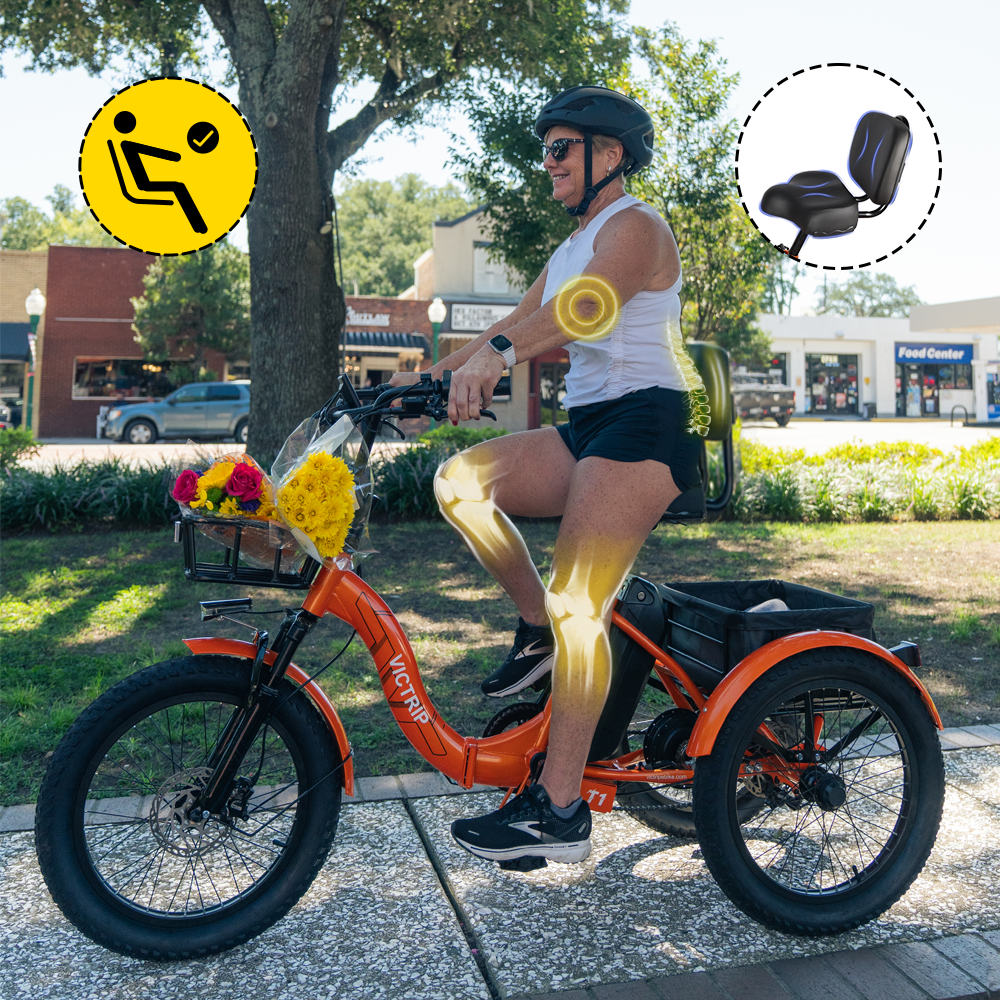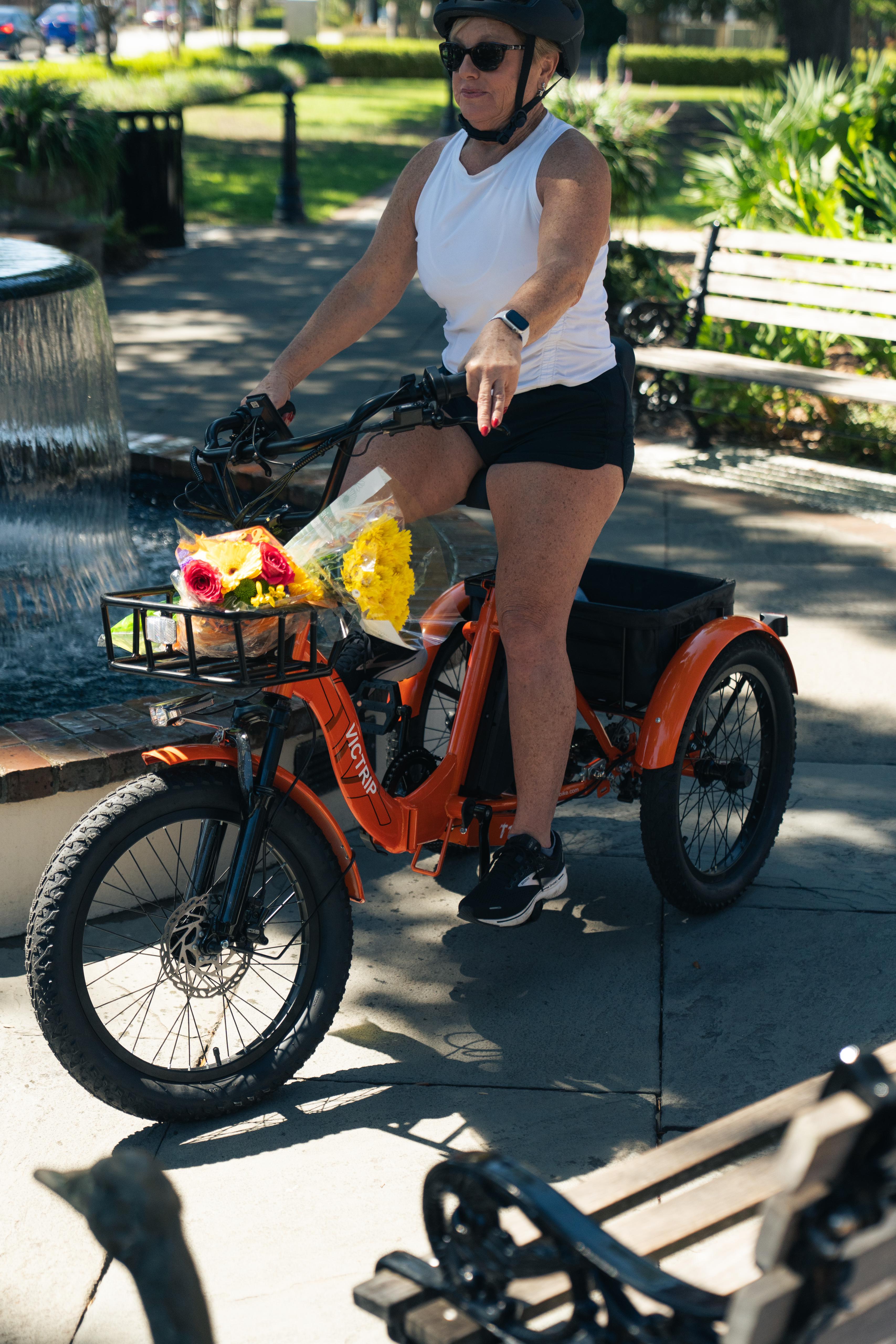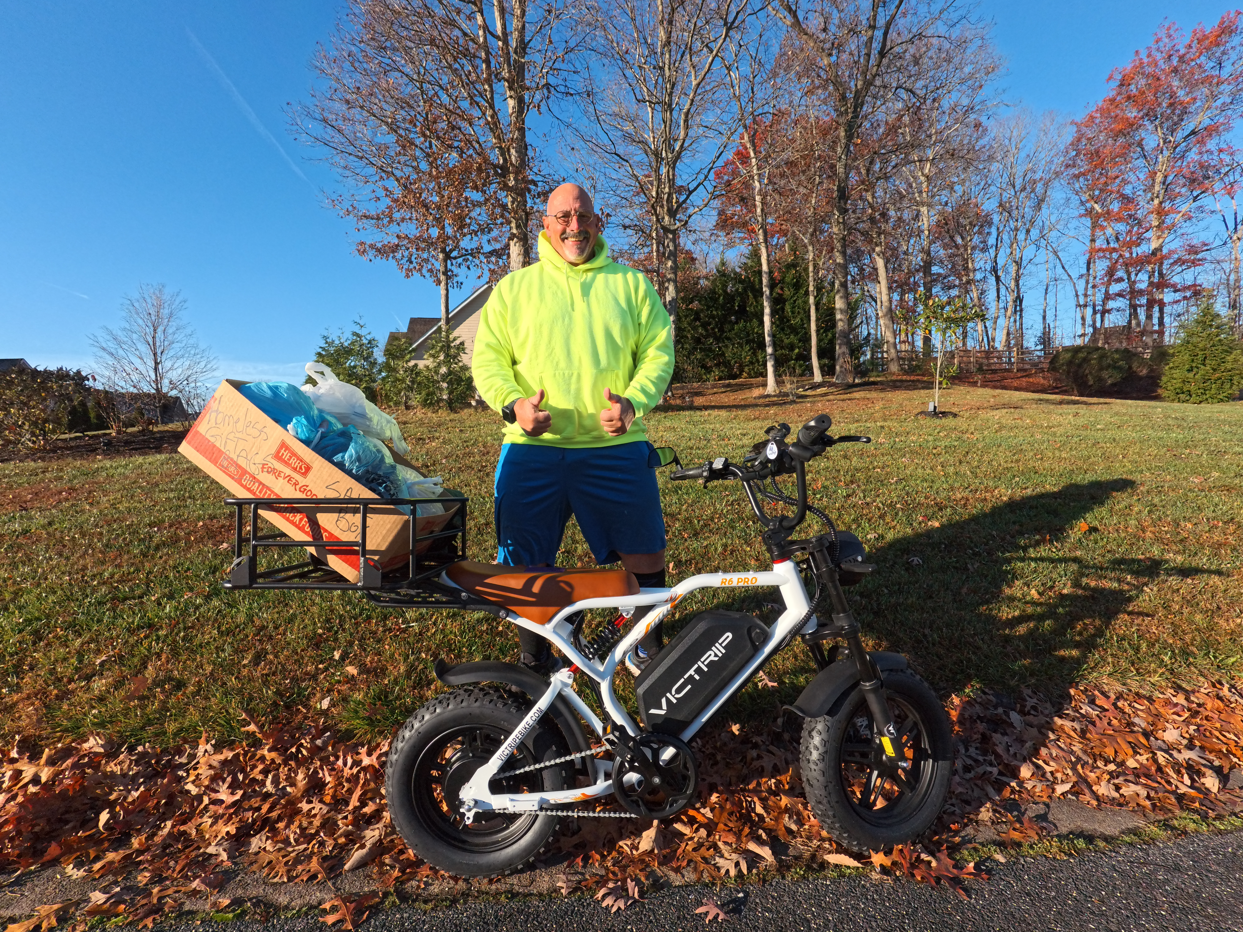
Electric bikes, or e-bikes, have exploded in popularity in recent years, thanks to advances in battery technology, motor efficiency, and growing eco-consciousness. Whether you're commuting, adventuring, or just cruising around, there’s an e-bike for you.
Let’s break down the different types of electric bikes, their advantages, and how to choose the one that best fits your lifestyle.
What Are Electric Bikes?
Electric bikes are bicycles equipped with an electric motor and a battery that assist the rider’s pedaling. Unlike scooters or motorcycles, e-bikes still require some human effort, but they make hills, long distances, and tough terrains much more manageable.
How Do Electric Bikes Work?
An e-bike typically includes:
-
Motor (hub or mid-drive)
-
Battery (usually lithium-ion)
-
Controller (regulates power)
-
Sensors (cadence or torque)
-
Display screen (shows speed, range, and assist level)
E-bikes provide pedal assistance in varying levels, usually controlled by the rider through a handlebar-mounted display or control unit.
Benefits of Using an E-Bike
Riding electric bikes offers numerous advantages:
-
✅ Eco-friendly transportation
-
✅ Cost-effective alternative to cars
-
✅ Low physical strain
-
✅ Accessible for all age groups
-
✅ Encourages outdoor activity
-
✅ Reduces commute time in traffic
Classification of Electric Bikes (Class 1, 2, 3)
The three-class system in the U.S. helps regulate e-bike usage:
| Class | Max Speed | Throttle? | Where You Can Ride |
|---|---|---|---|
| 1 | 20 mph | ❌ | Bike lanes, trails |
| 2 | 20 mph | ✅ | Bike lanes, trails |
| 3 | 28 mph | ❌/✅ | Roads, bike lanes |
Always check local laws before choosing your e-bike.
Main Types of Electric Bikes
Let’s break down the most common types of electric bikes so you can find your perfect match.
City and Commuter Electric Bikes
Best for: Urban riders, daily commuters
Features:
-
Upright geometry
-
Integrated lights and fenders
-
Smooth tires
-
Medium-range battery (30–60 miles)
These are ideal for people looking to replace short car trips or get to work sweat-free.
Mountain Electric Bikes (e-MTBs)
Best for: Trail lovers, outdoor adventurers
Features:
-
Full suspension or hardtail
-
Rugged tires for traction
-
Powerful mid-drive motors
-
Long battery life
e-MTBs are designed to conquer rough terrain, steep inclines, and backcountry rides.
Folding Electric Bikes
Best for: Apartment dwellers, public transit users
Features:
-
Compact frame
-
Foldable design for easy storage
-
Lightweight materials
-
Short to medium range
Perfect for last-mile travel or stowing in your car or under your desk.

Cargo Electric Bikes
Best for: Families, delivery drivers, urban logistics
Features:
-
Extended rear racks
-
Dual battery options
-
Child seat compatibility
-
High torque motors
Great for carrying groceries, kids, or even running a business.
Fat Tire Electric Bikes
Best for: Snow, sand, or off-road riders
Features:
-
Oversized tires for stability
-
Heavy-duty frames
-
All-terrain capability
They provide unmatched grip and shock absorption on unstable terrain.
Cruiser Electric Bikes
Best for: Beach towns, leisure rides
Features:
-
Relaxed geometry
-
Stylish frames
-
Comfortable saddle
-
Low-step designs
Cruisers prioritize comfort and style for laid-back riders.

Road Electric Bikes
Best for: Fitness enthusiasts, long-distance riders
Features:
-
Drop handlebars
-
Lightweight carbon or aluminum frame
-
High-speed capability
-
Aerodynamic build
Road e-bikes appeal to cyclists who want speed with a little boost.
Hybrid Electric Bikes
Best for: Versatile use—commute + trails
Features:
-
Mixed geometry
-
Medium tire width
-
Front suspension
-
Good range
Hybrids balance city riding comfort with light off-road capability.
Hunting and Utility E-Bikes
Best for: Hunters, outdoorsmen, farmers
Features:
-
Camouflage designs
-
All-terrain tires
-
Quiet motors
-
Rear gear racks
They allow for silent travel through woods and off-grid trails with gear in tow.
E-Bike Motors: Hub Drive vs. Mid Drive
| Feature | Hub Drive | Mid Drive |
|---|---|---|
| Location | Wheel hub (front/rear) | Crankset (center) |
| Torque | Moderate | High |
| Hill Climbing | Less effective | Excellent |
| Maintenance | Easier | More complex |
| Weight Balance | Rear-heavy | Balanced |
Choose based on terrain and use case.
Controllers and Sensors
-
Pedal Assist Sensors (PAS): Detect pedaling and adjust motor power.
-
Torque Sensors: Provide a smoother, more responsive ride based on pedal force.
-
Throttle Control: Found in Class 2 eBikes, allowing motor-only power.
Battery, Range, and Charging Explained
-
Typical range: 20–70 miles per charge
-
Battery capacity: Measured in Watt-hours (Wh)
-
Charging time: 3–6 hours
-
Lifespan: ~500–1,000 charge cycles
Tips to maximize battery life:
-
Don’t fully deplete it regularly
-
Store in cool, dry places
-
Use pedal assist over throttle
How to Choose the Right E-Bike for You
Ask yourself:
-
Where will I ride it most?
-
Do I need to carry cargo?
-
What’s my budget?
-
What range do I require?
-
Do I need it to fold or go off-road?
Also consider warranty, service options, and test riding before buying.
Use Cases: Choosing the Right eBike for Your Lifestyle
| Use Case | Best eBike Type |
|---|---|
| Urban Commuting | Commuter, Folding |
| Trail Riding | eMTB, Fat Tire |
| Family Transport | Cargo eBike |
| Beach or Snow | Fat Tire |
| Long Distances | Cruiser, Commuter |
| Performance | Road eBike, Mid-Drive |
Pros and Cons of Each eBike Type
| Type | Pros | Cons |
|---|---|---|
| Commuter | Efficient, comfortable, feature-rich | Limited off-road capabilities |
| Folding | Compact, easy to store | Smaller battery and motor |
| eMTB | Great power, rugged build | Expensive, heavy |
| Fat Tire | All-terrain, stable | Slower, heavier |
| Cargo | High payload, family-friendly | Bulky, harder to maneuver |
| Cruiser | Comfortable, stylish | Not ideal for long distances |
| Road | Lightweight, fast | Less assist, expensive |
Legal Considerations and Road Regulations
Electric bike laws vary by state and country. Always check:
-
Helmet requirements
-
Throttle legality
-
Bike path access
-
Age restrictions
In the U.S., many states follow the three-class system, but some cities restrict throttle use in public areas.
Read More: Foldable Electric Bike Laws and Regulations by State (USA).
Maintenance and Care Tips for Each Type
Regardless of your eBike type, follow these essentials:
-
Battery care: Keep it charged between 20%–80%. Avoid full drains.
-
Tire checks: Inflate to proper PSI regularly, especially fat tires.
-
Motor cleaning: Avoid high-pressure water; use a damp cloth.
-
Brake tuning: eBikes are heavier, so maintain disc brakes properly.
Conclusion: Which E-Bike Fits You Best?
Choosing the right electric bike hinges on your lifestyle, terrain, and budget. From nimble commuters to rugged off-road beasts, the eBike world offers something for everyone. With advancements in technology, growing environmental awareness, and rising fuel costs, there’s never been a better time to ride electric.
FAQs
Are electric bikes legal everywhere?
Not everywhere. Check state and city regulations, especially regarding Class 3 and throttle-powered bikes.
Do I need a license to ride an e-bike?
In most U.S. states, no license is required for Class 1 or 2 bikes.
How long does an e-bike battery last?
Most batteries last 2–4 years or around 500–1,000 charge cycles.
Can you ride an electric bike without pedaling?
Only Class 2 e-bikes with throttles allow full motor use without pedaling.
Are electric bikes good for exercise?
Yes! You can adjust the assist level to match your fitness goals.
How much maintenance does an e-bike need?
Regular maintenance includes tire pressure, brake checks, chain cleaning, and battery care.





Share:
Going Camping for the Weekend? Try an Electric Bike!
How to Upgrade Any eBike to Go Super Fast?